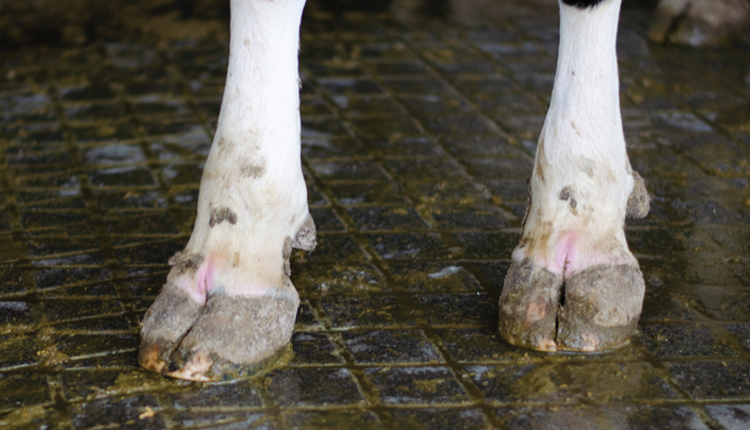
Dairy cattle well-being, productivity, and feeding habits are significantly affected by social interactions, and those are influenced by factors like parity and group composition. These herd dynamics shape feeding patterns and can influence feed efficiency, a crucial aspect for sustainable dairy farming.
Separating first lactation cows from older ones in a dairy barn setting serves several critical purposes including tailored management, particularly in nutrition. This segregation also facilitates closer monitoring of health issues commonly observed in first lactation cows, allowing for early intervention and ensuring their well-being and productivity.
Furthermore, social dynamics within a herd can significantly impact younger cows, potentially causing stress or limiting their access to resources. Separation minimizes conflicts, creating a more comfortable environment for younger cows to adapt. This can simplify reproductive management and enable targeted breeding programs suited to their specific needs.
Providing specialized care and attention to these young cows unlocks their full production potential, resulting in more milk and ensuring their health, productivity, and overall well-being. But are first lactation cows the only ones that can benefit from segregation?
Separating fat from growth
Effective management in dairy cattle necessitates monitoring morphological changes, especially through body weight (BW) and body condition score (BCS). A recent study featured in the Journal of Dairy Science employed innovative 3-D imaging to explore the growth and body mass deposition of lactating Holstein dairy cows. This novel technology offers promising prospects for estimating BW, understanding body composition changes, and potentially revolutionizing reproductive and nutritional management, enhancing our understanding of body composition changes across the cows’ lifespan.
The experiment encompassed cows across various lactations. Half were in the first lactation, 25% in their second lactation, and 25% were third lactation or older. Morphological traits, like chest depth or hip width, exhibited continuous increases aligned with parity.
Notably, cows in their first lactation demonstrated the most substantial growth during the monitoring period. Weight gain remained consistent up to the third lactation, accompanied by noteworthy gains in growth traits independent of body condition changes.
In first lactation cows, growth contributed 62% to BW gain, while it rose to 69.1% for multiparous cows. Overall, growth accounted for about two-thirds of BW gain across all parties.
Rethinking our groups
These findings are significant for the U.S. dairy industry, where cows typically stay on farms for about two and a half to three lactations. As a result, mature cows extending beyond their third lactation are more of an exception than the rule.
Fixed grouping strategies targeting first lactation and early and late lactation pens are not likely to fulfill the requirements of growing cows in the typical U.S. herd. This feeding scheme is likely a contributor to why cows remain in U.S. herds for only about three lactations.
Maximizing their growth and productivity in that limited time is crucial, and investing in their nutritional needs would yield greater returns in the long run. Given the results observed in this recent experiment, it might make more sense to feed most cows based on the requirements of growing animals and then group third lactation and older cows and feed them according to mature cow requirements.
What about socialization?
Cows, especially during their first lactation, endure multiple stresses — physiological and social — during calving. Understanding behavioral differences between them and more mature cows is crucial.
For instance, primiparous cows may pose challenges during milking, impacting farm routines. These cows also display distinct feeding habits, eat less, and exhibit different lying and activity patterns. Management practices during this transition significantly influence their behavior.
Regrouping and exposure to new environments affect stress levels. Providing reduced competition, limited regrouping, and social support can enhance their adjustment and welfare.
However, with the information available at the present time, and even though competition among cows of varying lactations might affect productivity, focusing on feeding strategies that prioritize growth needs of younger cows could yield greater returns in the long run.
These remarkable findings underscore a vital need for reevaluation of current feeding and grouping strategies. With most cows spending a limited time on farms, typically falling short of three lactations, maximizing their growth and productivity becomes key.
While the focus often gravitates toward segregating first-lactation cows for specific management purposes, extending this separation to second and third lactation based on their nutritional needs could yield substantial benefits. By providing customized nutrition aligned with their growth requirements and addressing the distinct needs of more mature animals separately, we can enhance the overall well-being, longevity, and lifetime productivity of all cows in the herd.





